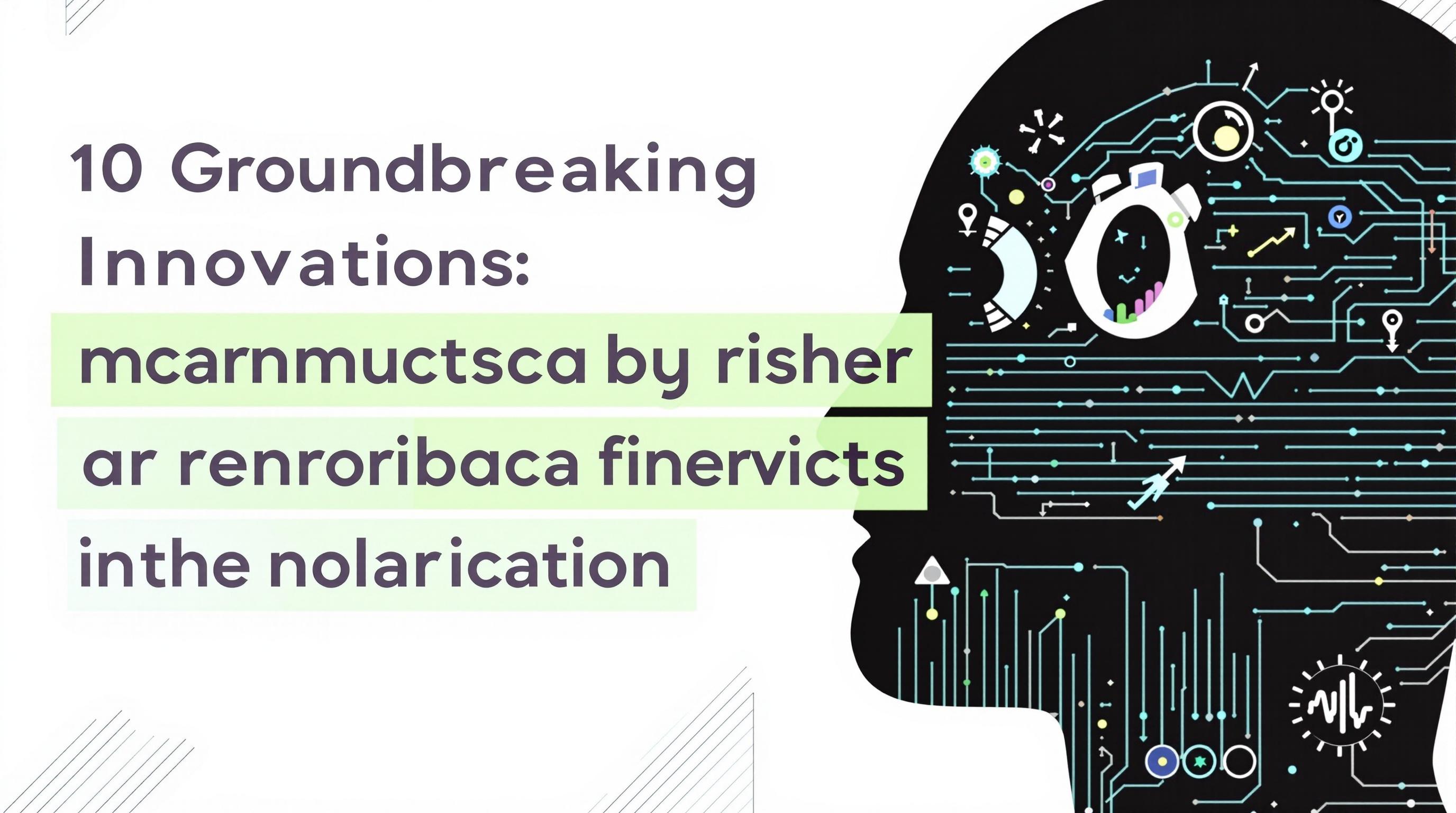Related Articles
- Uncharted Frequencies: The Surprising Role of Subcultures in Shaping Global Digital Landscapes
- Wired Whims: The Unexpected Role of Niche Online Communities in Shaping Global Digital Trends
- Fragmented Signals: Exploring the Shadows of Digital Divide in Emerging Economies and Its Impact on Global Unity
- Decoding the Invisible: How Microbial Communication Could Revolutionize Digital Interactions
- Cryptic Channels: How Encrypted Messaging Platforms Are Reshaping Trust and Transparency in Online Interactions
- Mysterious Modes: The Rise of Cryptographic Channels in Secret Online Dialogues and Their Hidden Impacts
9 Uncharted Mediums: How Quantum-Enabled Devices Are Redefining the Future of Interpersonal Digital Communication Tools
9 Uncharted Mediums: How Quantum-Enabled Devices Are Redefining the Future of Interpersonal Digital Communication Tools
9 Uncharted Mediums: How Quantum-Enabled Devices Are Redefining the Future of Interpersonal Digital Communication Tools
Introduction to Quantum Communication
In an age where traditional communication tools often fall short in delivering authenticity and immediacy, quantum-enabled devices are emerging as revolutionary agents capable of reshaping the landscape of interpersonal communication. Based on principles of quantum mechanics, these tools offer unique advantages in security, speed, and efficiency.
The promise of quantum communication lies in its ability to utilize quantum bits or qubits to encode information in ways that classical systems cannot. Unlike conventional devices that rely on binary states for data transmission, quantum systems exploit superposition and entanglement, creating a more robust framework for interaction. This transformation opens new channels for communication that were previously unimaginable.
As we leap into the quantum realm, exploring these new mediums not only showcases technology's potential but also invites deeper conversations about the ethics and implications of these advancements in our daily lives. Understanding how these developments will shape human communication is vital for all stakeholders in the digital age.
The Role of Quantum Encryption
One of the most significant advancements in quantum-enabled devices is quantum encryption, specifically Quantum Key Distribution (QKD). This technology ensures that messages can be shared securely without the risk of interception or hacking, as any attempt to eavesdrop would disturb the quantum state of the transmitted information, alerting the users.
By implementing QKD, individuals and organizations can achieve higher levels of confidentiality in their communications. This is particularly crucial in domains such as finance, healthcare, and governmental operations where sensitive information must be protected. Moreover, as cyber threats continue to evolve, quantum encryption offers a sophisticated defense mechanism that traditional methods cannot match.
As we embrace these secure communication avenues, it is essential to evaluate the ethical implications that accompany them, including data ownership and privacy concerns. The balance between enhanced security and individual rights will be a significant topic of discussion in the digital communication landscape.
Instantaneous Communication Through Quantum Networks
Quantum networks promise instantaneous communication by leveraging the phenomenon known as quantum teleportation. This allows information to be transferred between two parties without physical transmission through an intermediary, theoretically enabling real-time interactions across vast distances.
The implications of instantaneous communication are profound, particularly in maintaining connections across geographical barriers. Friends and families could converse as if they were present in the same room, regardless of location. Businesses could operate globally with unprecedented efficiency, and emergency services could coordinate more effectively during crises.
However, the accessibility of such instantaneous communication raises concerns regarding the digital divide. It's vital to ensure that all communities can benefit from quantum advancements, as the potential for exacerbating existing inequalities poses a challenge that must be addressed proactively.
Augmented Reality and Quantum Interaction
With the fusion of quantum technology and augmented reality (AR), we are entering a realm where digital information merges seamlessly with the real world. Quantum-enabled AR devices can provide users with enhanced interactive experiences that transform how we engage with our surroundings and each other.
For instance, users could experience enhanced social interactions in physically distant environments, allowing for virtual gatherings that feel more tangible and “real.” This level of immersive communication can cultivate stronger relationships, bridging the gaps created by physical separation.
Nonetheless, as AR becomes more prevalent, it is crucial to consider the potential psychological effects of such immersive encounters. Engaging deeply in augmented environments may create challenges in discerning reality from digital constructs, making it imperative to find a balance between enriching experiences and maintaining a healthy relationship with reality.
Quantum AI Integration in Communication Platforms
The integration of quantum computing with artificial intelligence (AI) is set to create communication platforms that are intelligent, context-aware, and capable of personalizing interactions in ways we have only begun to imagine. These platforms can analyze vast datasets within moments, extracting insights to tailor communications based on individual preferences and emotional cues.
For example, a quantum-enabled communication tool could assess users' emotional states through subtle cues in their speech or text, suggesting the most appropriate responses or actions based on advanced predictive algorithms. This level of personalization could foster deeper connections among individuals, enhancing emotional resonance in conversation.
However, the potential for AI-assisted communication also raises significant ethical questions surrounding autonomy and the manipulation of emotional states. It is essential for developers and users alike to remain vigilant about how such technologies are deployed and the societal implications they may engender.
Multimodal Communication: Audio, Visual, and Beyond
Quantum-enabled devices facilitate multimodal communication, integrating various sensory modalities for richer interactions. Users can engage in audio, visual, and even haptic exchanges simultaneously, enhancing the depth and texture of personal communication.
This multidimensional form of communication allows for more nuanced expressions of emotion, making it easier for users to convey and interpret complex feelings. Imagine a scenario where, during a virtual meeting, participants can feel a handshake while also sharing visuals and spoken dialogue, breaking down barriers of physical distance.
As we explore these possibilities, it’s important to consider how this richness in communication may alter social norms and expectations. Striking a balance between textual and multimodal communication is essential, as over-reliance on rich media can detract from the simplicity and warmth of direct human interaction.
AI-driven Language Translation in Quantum Communication
The emergence of AI-driven language translation tools within quantum communication frameworks marks a significant development in breaking down language barriers. Quantum computing's capability to process and analyze language data at unprecedented speeds means that real-time translation is becoming a tangible reality.
This advancement will have profound implications for global communication, enabling seamless interactions between individuals who speak different languages. As barriers dissolve, cultural exchange can flourish, fostering greater understanding and cooperation in an increasingly interconnected world.
Nevertheless, the effectiveness of such tools relies heavily on their ability to capture contextual nuances. AI's current limitations in understanding cultural specifics can result in miscommunications. Addressing these challenges is crucial to ensure that technology serves as a bridge rather than a barrier in interpersonal communications.
Social Responsibility in Quantum Communication Technology
As quantum-enabled devices become integrated into our interpersonal communications, it is imperative to adopt a socially responsible approach. Considerations such as data privacy, ethical usage of AI, and equitable access must be prioritized to ensure these technologies equitably benefit society.
Moreover, stakeholders need to address potential risks associated with quantum communication, such as how to mitigate the consequences of misuse or create safeguards against vulnerabilities that could arise from quantum systems' unique properties. Continuous engagement among developers, users, and policymakers is necessary to create ethical frameworks that promote responsible innovation.
Ultimately, the journey toward harnessing quantum communication's potential is as much about technological advancement as it is about fostering a collective consciousness around its implications. Ensuring that progress aligns with social justice ideals will determine the positive impact of these tools on interpersonal communication.
Conclusion: Embracing the Future of Communication
As we stand on the precipice of a new era in communication, quantum-enabled devices hold the potential to transform how we connect with one another. From enhancing security through quantum encryption to offering instant communication across vast distances, these advancements represent a paradigm shift in interpersonal interactions.
However, with such potential comes the responsibility to navigate these changes thoughtfully. By addressing the ethical, social, and psychological implications of quantum communication, we can cultivate a future that honors interpersonal connections while harnessing the full capabilities of this groundbreaking technology.
As we embrace these uncharted mediums, it is crucial to foster open dialogue and collaboration among technologists, ethicists, policymakers, and communities, ensuring that the evolution of communication remains grounded in principles of empathy, understanding, and justice.




